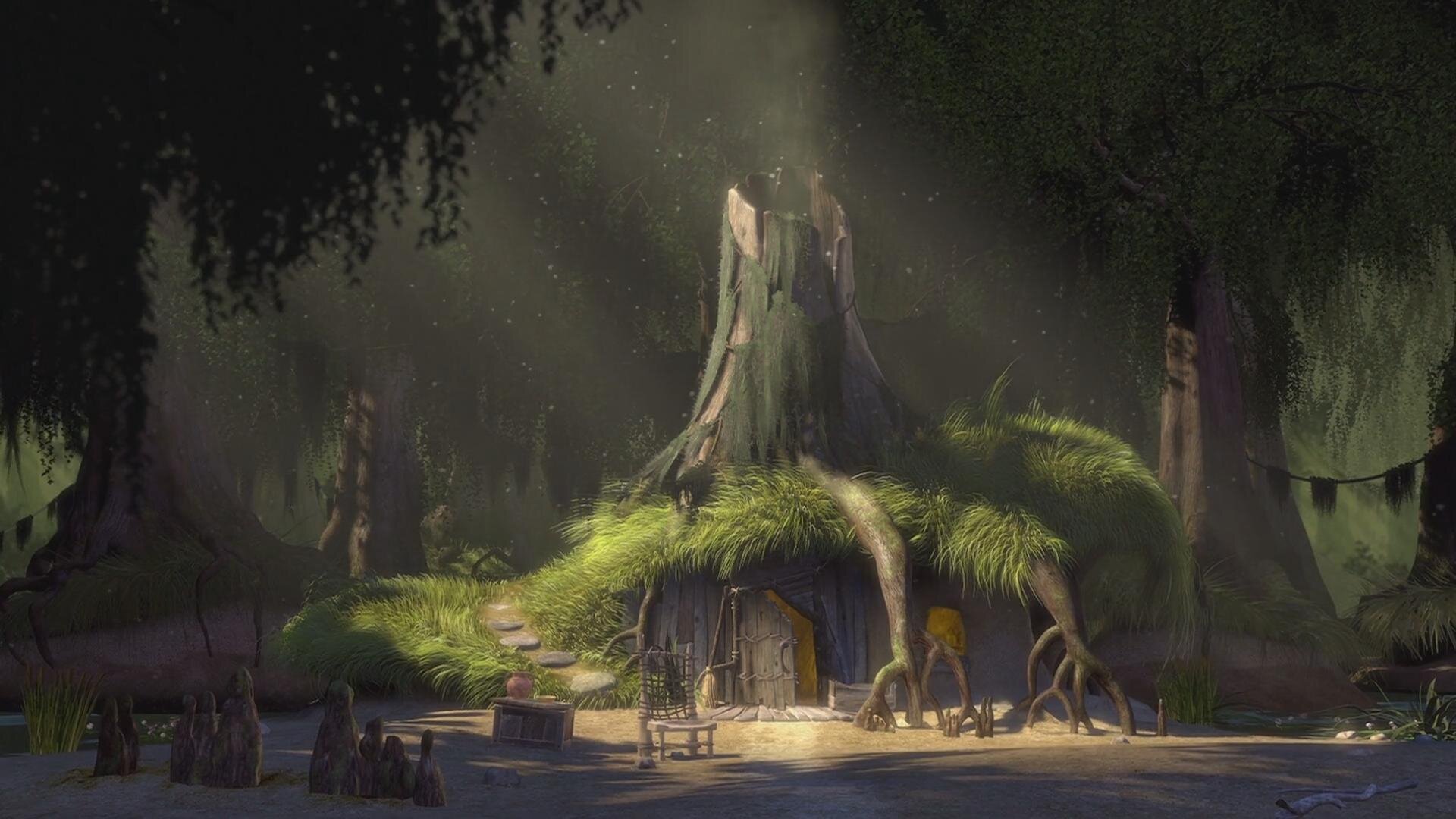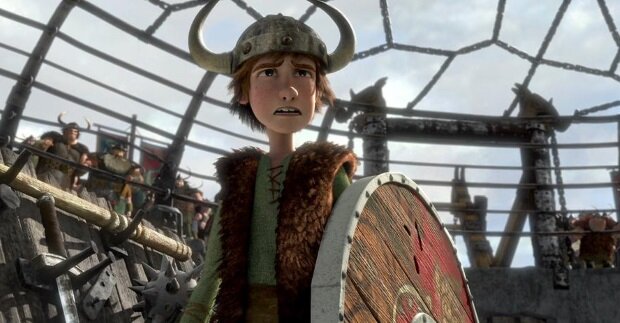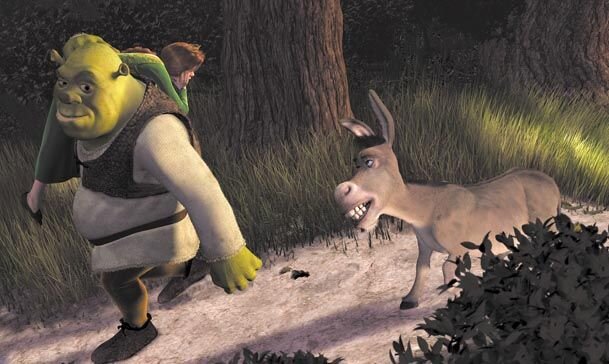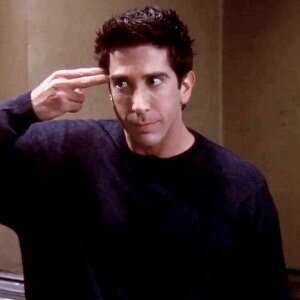The Light Side of Character Tropes
/Tropes: can’t live with them but can’t live without them
A “trope” is anything that commonly recurs in a piece of fiction – be it themes, literary devices or characters. Since it is anything with a common recurrence, the word has come to be viewed as a negative.
It’s not.
I can fully understand the desire for originality, but let’s be real: at this point, after centuries of written works of fiction, it would be impossible to come up with a story that is 100% original.
So, what are we talking about today? As you may have guessed: character tropes. But, I’m going to try and frame this in a different way. Picture a traffic light. You’ve got the red light (stop), the yellow light (get ready to stop) and the green light (go). Now we’re going to use these lights in terms of character tropes.
Green Light
In this case, green is going to mean “use it more.” So, the trope I am deeming underused is…drumroll please…the male supporter. What do I mean by this? I’m referring to a male side character who provides emotional support for the main character/s. Because – newsflash – men can also provide emotional support. They don’t just punch people and yell at you to rub some dirt in it.
I think this trope needs to be used more for a couple of reasons. First: it shows that characters don’t only need physical support. They can (and should) have a mentor who ensures their mental well-being as opposed to solely teaching them to fight evil. Second: this emotional support being provided by a male shows other young males that men should talk about feelings instead of relying on violence.
image courtesy of warner bros.
A prime example of a male supporter would be Rubeus Hagrid from Harry Potter. His role throughout the novels is to watch over Harry and his friends. The thing I love about Hagrid is he’s portrayed as such a sensitive man. He’s the classic “Gentle Giant” (well, half-giant). He’s always there offering moral support and genuinely expects nothing in return (cough Dumbledore cough). Hagrid is Harry’s most loyal supporter and advocates for him on every step of his journey.
Side Note: Does anyone else view it as utterly ridiculous that the man who treated Harry terribly for six years until he was “redeemed” got a Potter namesake while the man who was there for Harry with no ulterior motive didn’t? Rubeus Hagrid deserved better!
Yellow Light
I’m using yellow to indicate tropes that are used often but should either be used differently or not used for a while. Essentially, yellow is a “proceed with caution” light. This on-the-fence trope is…again, drumroll…the chosen one (arguably the most well-known character trope).
I debated making this my red light trope. But, honestly, I think it’s one that’s here to stay, which isn’t surprising given the popularity of it. With that said, yellow light seems fitting, considering the trope’s popularity but the need for writers to slow down with it.
image courtesy of new line cinema
I can understand why this trope is so common. It creates a special feeling, this idea that you yourself could be that one hero needed to save the day.
I get it.
However, is it realistic?
No, it’s not.
Even if you are the only one who can save the world, there’s no way you can do it alone. This has been proven in every story that features a “chosen one.” Frodo Baggins wasn’t doing all the work himself, you know? I could go on and on listing the various “chosen ones” there have been. There are a lot of them and none succeed in their journey without any help.
With that said, try to slow down with adding a chosen one to your work. However, that’s easier said than done. So, if you can’t avoid it, why not try subverting it?
Red Light
Finally, we’ve reached the red light – our full stop. As in, just stop using this one. A grossly overused trope is…you know the drill…the damsel in distress. I cannot stress enough how much I dislike this trope.
image courtesy of pinterest
Look, I try to be open and see the appeal to most tropes. But I can’t do that with this one. It perpetuates this idea that women need saving. Furthermore, it pushes a fantasy that, if a man saves a woman from something evil, he is entitled to having her. It feels like some dumb schoolyard “finders, keepers” mentality.
It’s not right.
It’s a ridiculous notion that you should be rewarded, for doing good, with a loving and beautiful woman. Is doing good simply because it’s the right thing to do not good enough? Apparently not.
As with any trope, I guess a good subversion would change my opinion. Give me a story where the strong handsome dude saves a woman. After some butt-kicking, instead of receiving a declaration of love and a big old smooch, the dude gets a thank you and a good night. Fin. That’s a story I would enjoy.
Of course, there are dozens of other character tropes. Some have seen the light of day too many times, while others hide at the bottom of the pile. Here’s a list of 99 common archetypes. Use them wisely.
What would your red, yellow and green lights of character tropes be?
image courtesy of allstar/disney
Lillian
Lillian is a second year Professional Writing student who has devoted much of her life to immersing herself in different worlds through the eyes of a variety of characters. Some characters she’s loved, some she’s hated, some she’s loved to hate and some she’s hated to love. It’s all in the name of research.





























